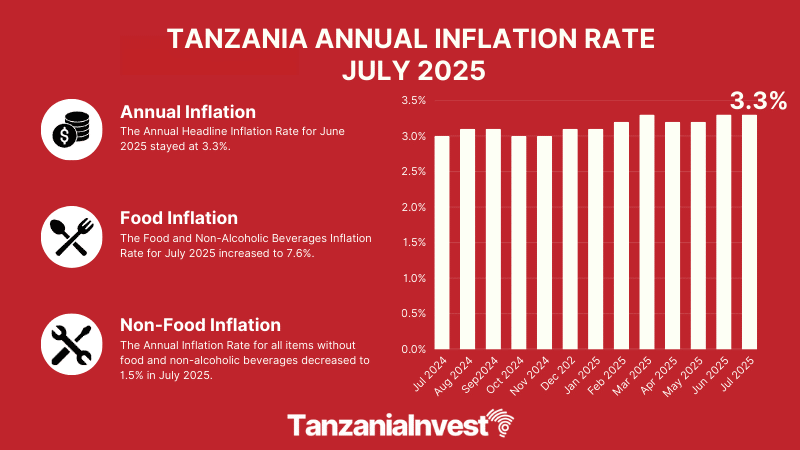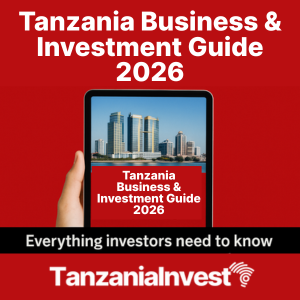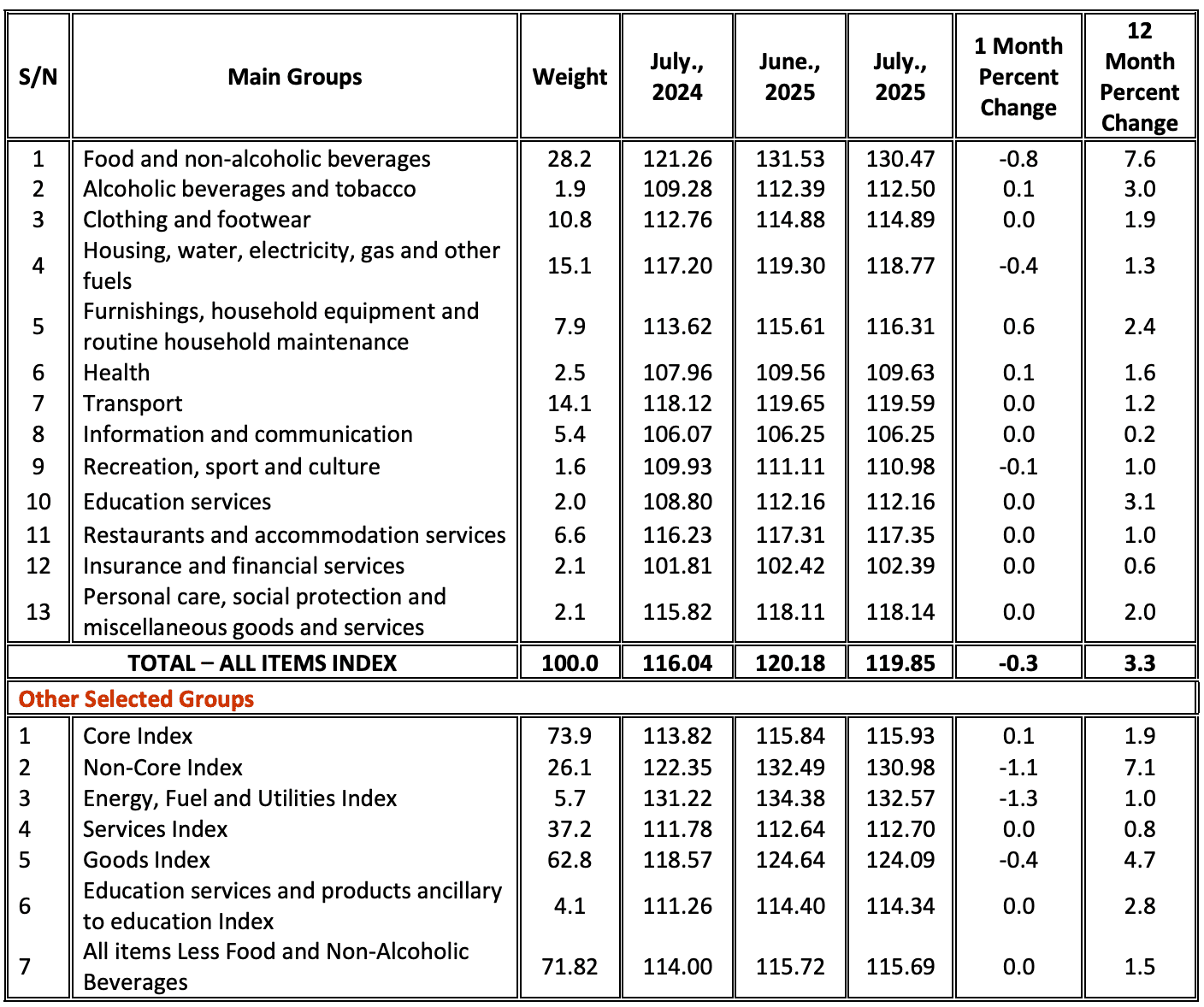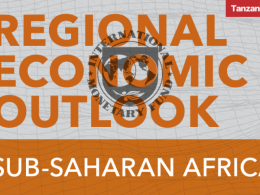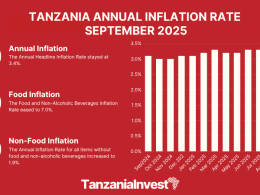The National Bureau of Statistics of Tanzania (NBS) announced that the annual headline inflation rate for July 2025 remained at 3.3%, unchanged from June 2025.
The overall index rose from 116.30 in June 2024 to 120.18 in June 2025.
Food Inflation
The Food and Non-Alcoholic Beverages Inflation Rate for July 2025 rose to 7.6% from 7.3% in June 2025.
Non-Food Inflation
In contrast, the annual inflation rate for all items excluding food and non-alcoholic beverages decreased to 1.5% in July 2025, from 1.7% recorded in June 2025.
Core Inflation
The Core Index excludes items with volatile prices, namely unprocessed food, energy, and utilities with the exception of maize flour.
By excluding these volatile items from the overall NCPI, policymakers obtain a more stable measure of inflation. The Core Index covers 297 items, representing 73.9% of the total NCPI weight.
In July 2025, the Core Inflation Rate remained unchanged at 1.9 percent, the same as in June 2025.
Monthly Consumer Price Index June-July 2025
Between June 2025 and July 2025, the National Consumer Price Index declined from 120.18 to 119.85. This decrease in the overall index is mainly attributed to a decrease in prices for some food and non-food items.
Food items contributing to the decline included: rice (by 1.0%), sorghum grains (by 0.5%), industrially bred live chicken (by 1.4%), boneless beef (by 2.0%), fresh fish (by 0.6%), dried sardines (by 5.3%), oils and fats (by 0.5%), fruits (by 1.1%), vegetables (by 1.3%), sweet potatoes (by 2.5%), fresh cassava (by 4.4%), dried beans (by 1.2%), dried lentils (by 0.3%), and dried peas (by 1.7%).
Non-food items contributing to the decline included: women’s garments (by 0.3%); maintenance products and materials for dwellings such as paints, cement, corrugated iron sheets, and tiles (by 0.2%); kerosene (by 5.3%); wood charcoal (by 3.4%); diesel (by 2.0%); petrol (by 0.7%); mobile telephone handsets (by 0.3%); and recreational, sporting, and cultural goods and services (by 0.2%).





